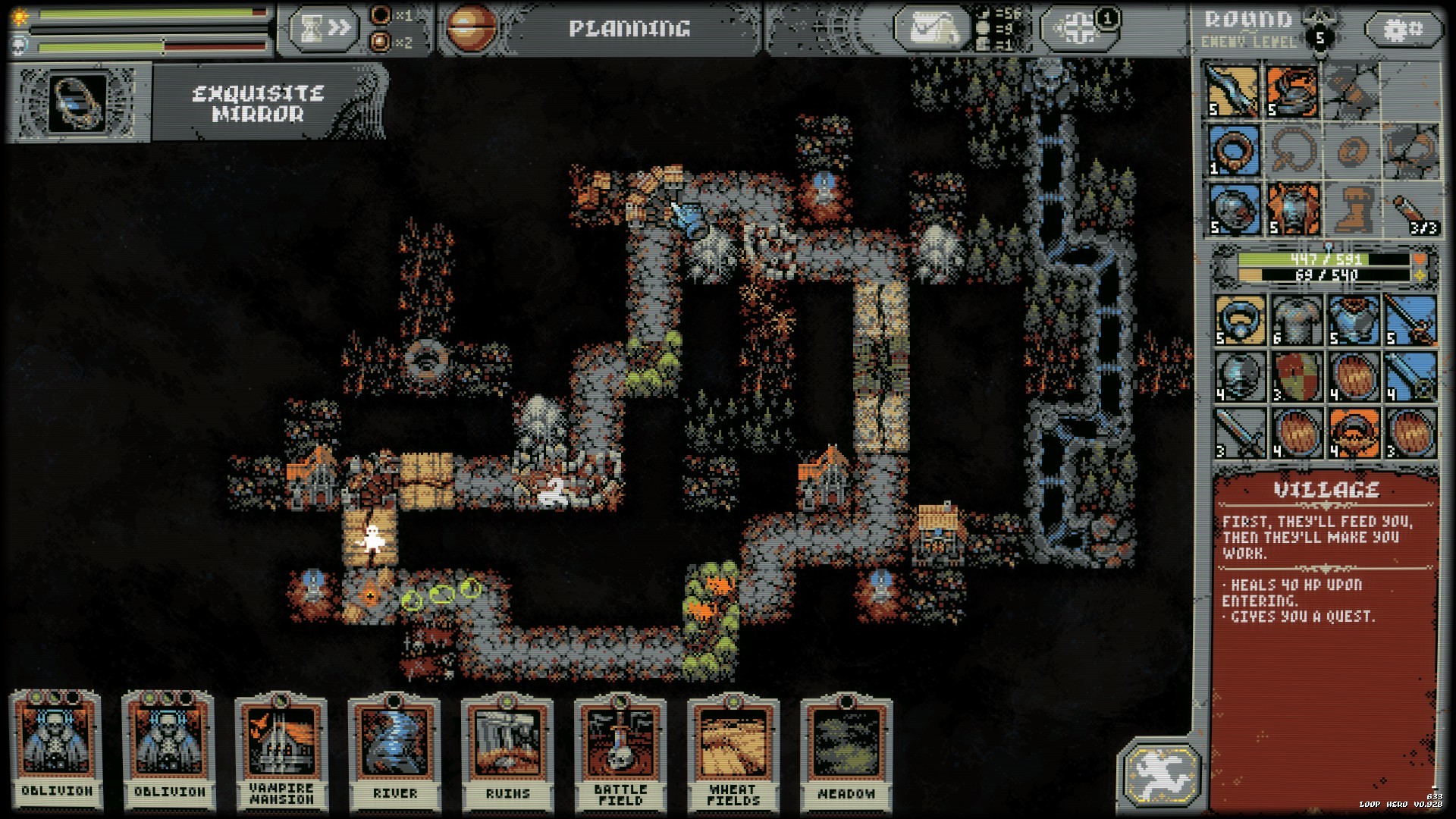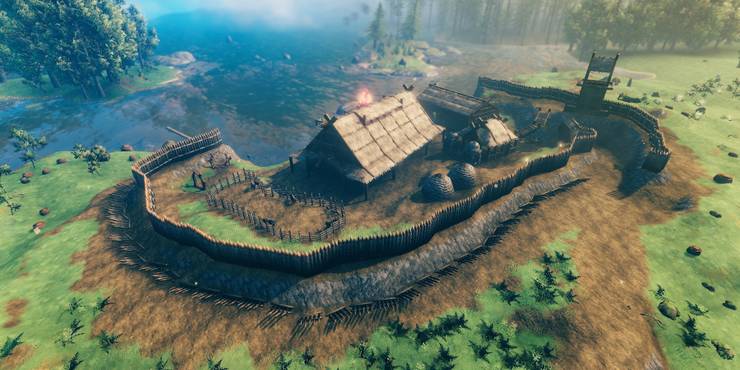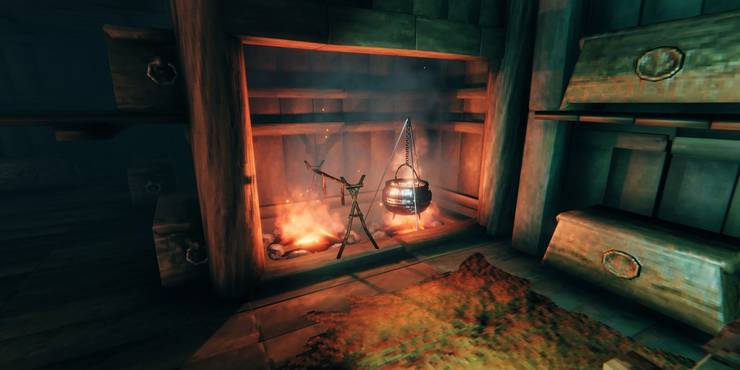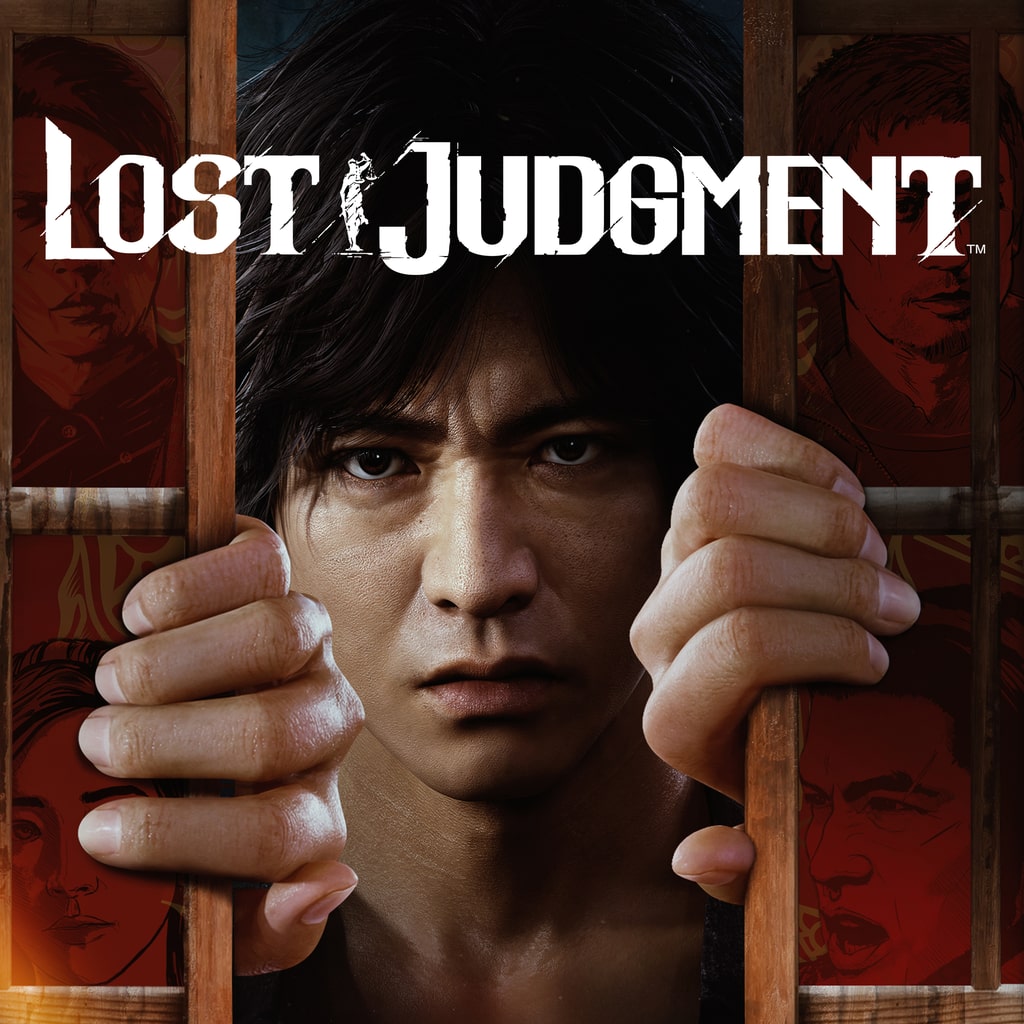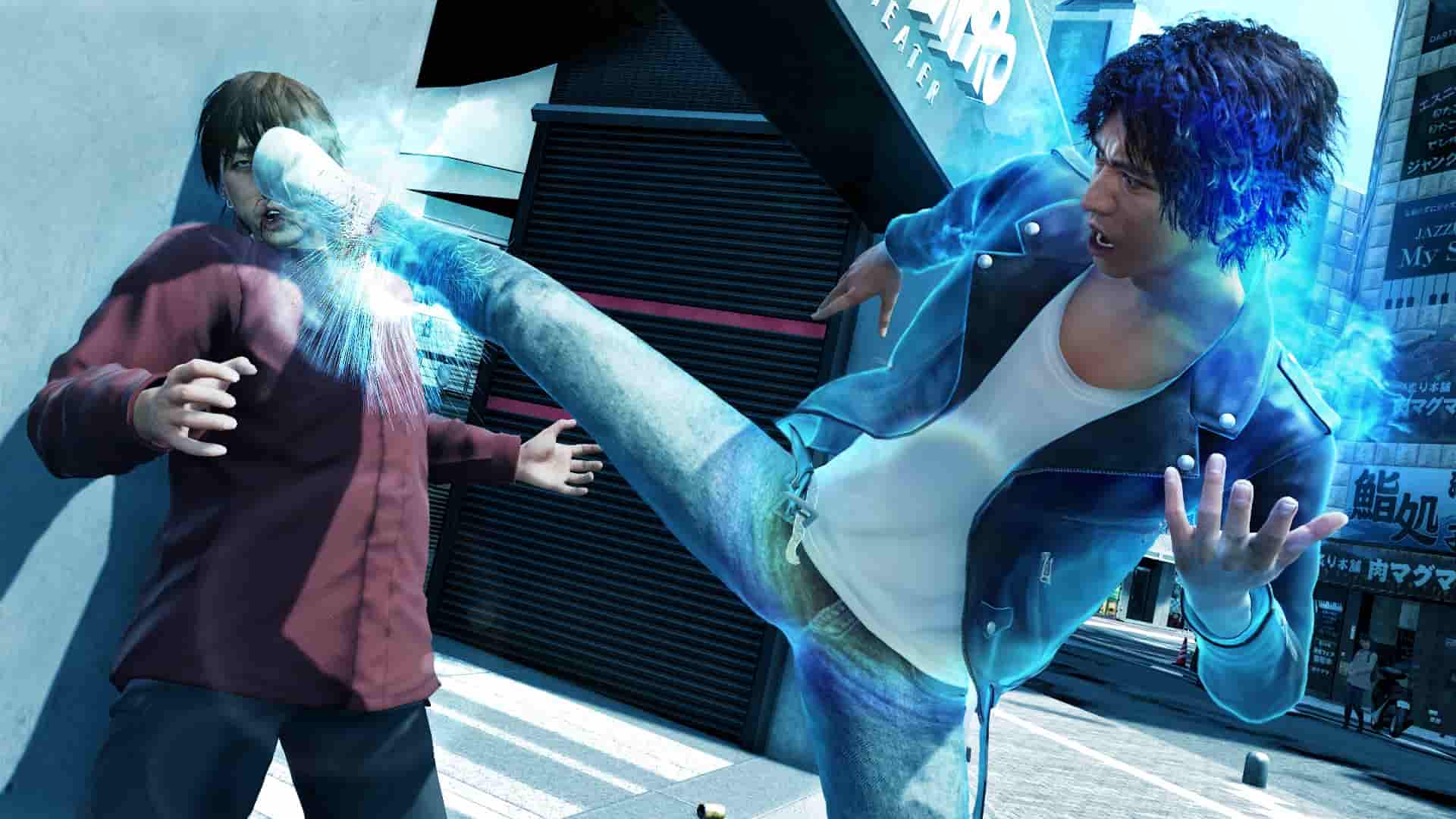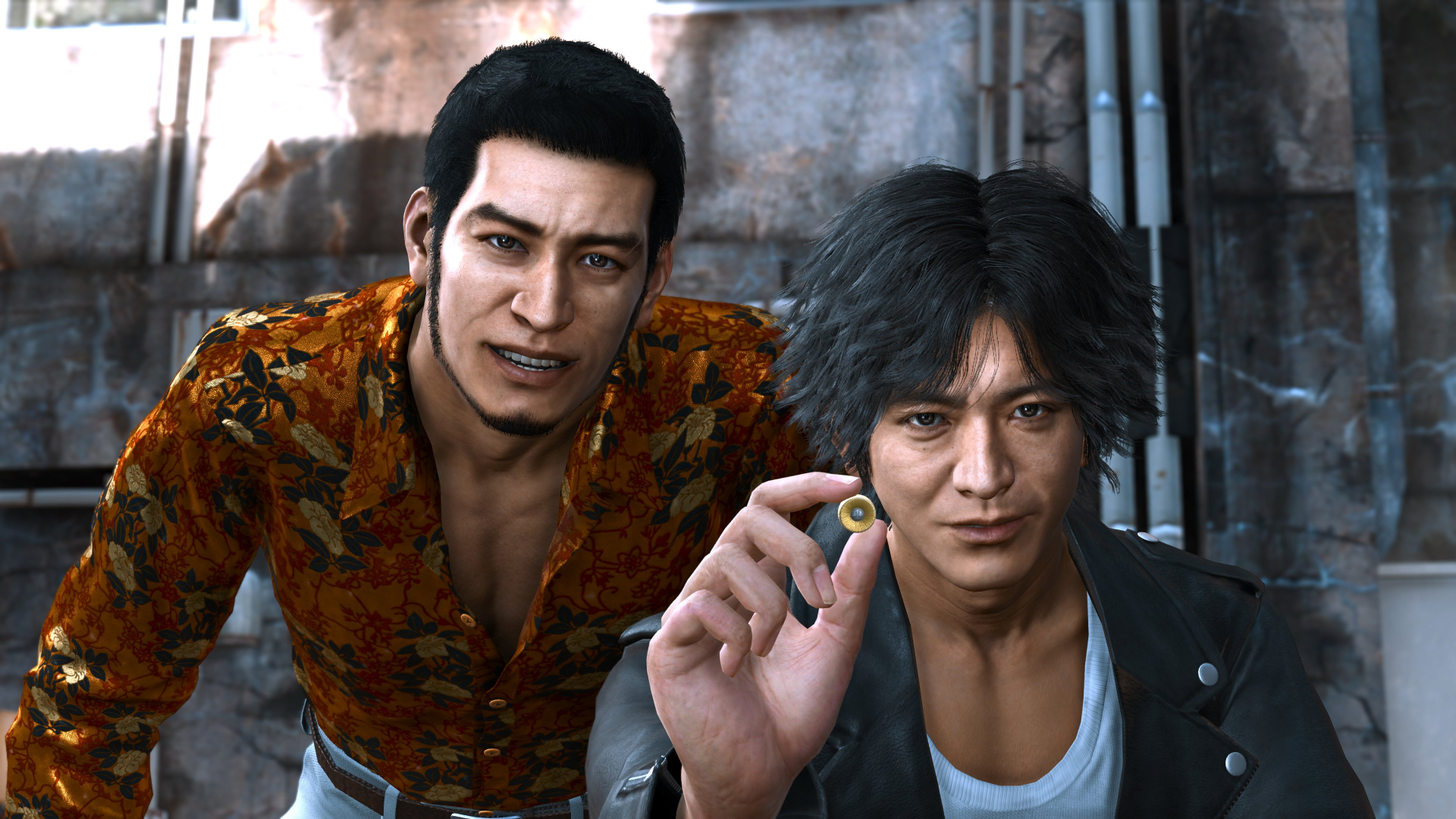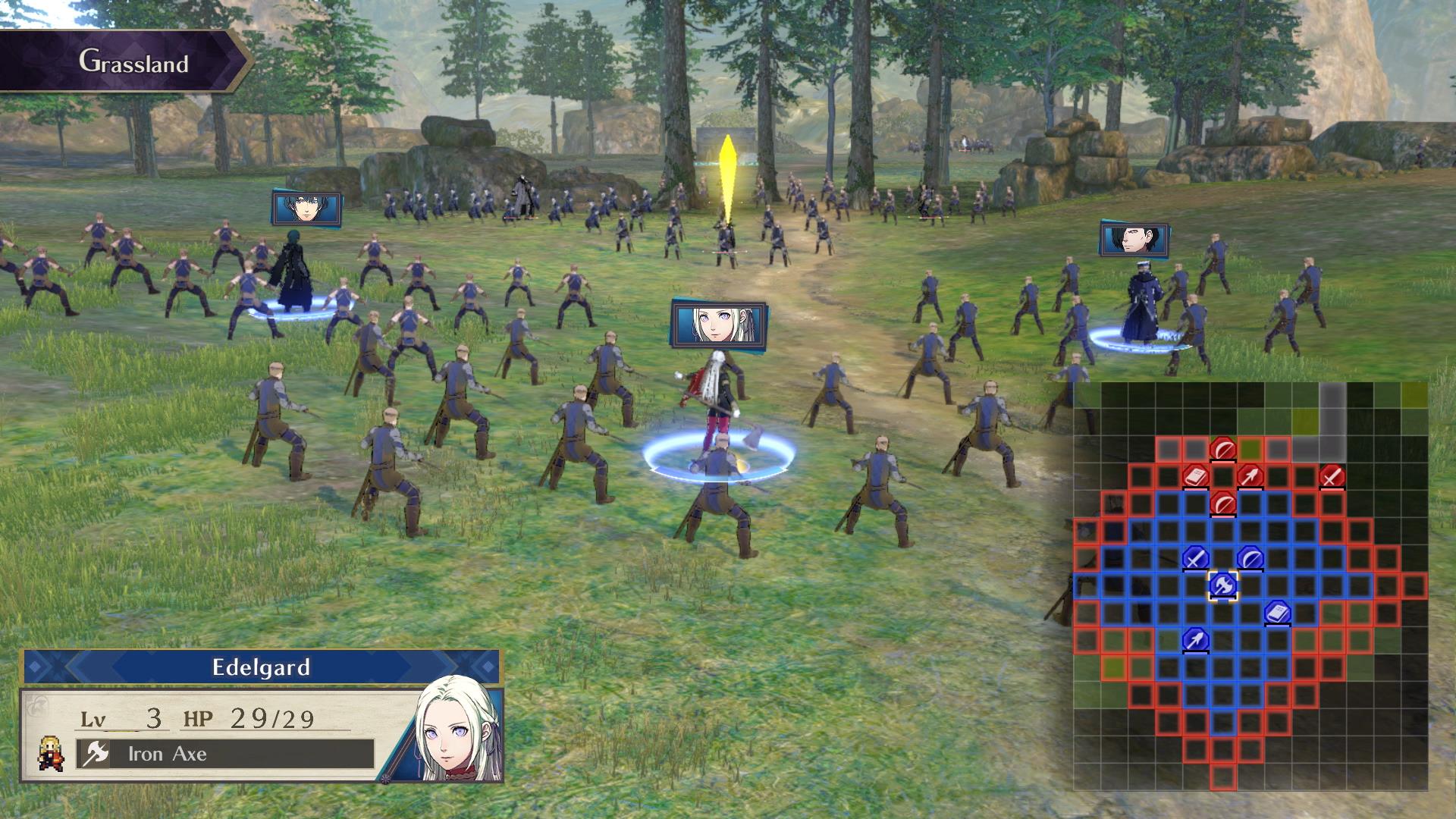
Set in the fantasy region of Fódlan, Fire Emblem: Three Houses is a tactical-RPG developed by Intelligent Systems where the player takes on the role of a professor at a prestigious military academy. As both their teacher and tactician, you must make strategic decisions both in the classroom and on the battlefield to determine the fate of your students and allies in this story of war, bonds, and mysteries.
Fire Emblem: Three Houses has won multiple awards since its release in 2019, including Best Strategy Game in 2019 and Strategy/Simulation Game of the Year in 2020. Here are a few lenses in which Three Houses excels at, and which I believe have contributed to the game’s success.
The Lens of The Elemental Triad
The game’s mechanics, story, aesthetic, and technology complement each other to help make the world of Fódlan feel alive, enhancing the main themes of the game such as grief and the inherent morally gray nature of war. Let’s take a closer look at each element to see how they are able to accomplish this.
Mechanics
The core gameplay loop switches between “Academy Days” and “Battle Days”. In the academy, you can interact with your students in many ways such as tutoring them or having lunch together to deepen your bonds, which makes it all the more painful when you lose a student, or when you’re once again reunited, but on the opposite sides of war. During battles, the use of a rock-paper-scissors style weapon triangle combined with how different elements such as positioning and terrain affect each fight create dynamic and varied gameplay, and the use of permadeath adds a sense of stakes to the player’s decisions.
Story
There are 4 branching paths in Fire Emblem: Three Houses, each telling a different side of the war. The player chooses which house (i.e. class) to align themselves with early, within the first hour of the game. However, throughout the game you will continue interacting with students from other houses, building relationships with them and getting to know what their motivations and aspirations are. The game leverages the player’s attachment to these characters to make their high-impact moments hit even harder (as will be discussed below).
Aesthetic
The game’s main aesthetic is medieval fantasy. Surrounding the player are knights and mages, archbishops and demonic beasts. The use of 3D graphics as well as high-quality voice acting for every line of every character further enhances the player’s immersion in the setting of Fire Emblem: Three Houses. Its impressive sound design also works well to emphasize the emotional impact of any given scene.
Technology
Though there were no notable breakthroughs, the game runs smoothly throughout, and was praised by fans for their extensive voice library even though the developers had to work within the Nintendo Switch’s limited capabilities as a handheld home console.
Now, let’s look at some other lenses.
The Lens of The Character Web
There are 33 total playable characters in Fire Emblem: Three Houses, and one thing this game excels at above all else is the depth and characterization of each of these characters. By having two characters interact with each other either in battle or at the academy, players are able to view conversations between those two characters, giving them insight into what everyone thinks of everyone else. There are childhood friends, estranged family members, budding friendships. We, the player, get to know these characters not only through our own eyes, but through the eyes of their fellow peers as well.
The Lens of Moments
There were several key moments that stuck out to me. The shock I felt when the player’s father figure died (twice!), the betrayal that coursed through me when it was revealed one of the students was the main antagonist and started a war, the relief and pride swelling in my heart when I was reunited with my students after a 5-year time skip. The game was designed so that the player could easily fall in love with its characters, and I felt that these moments, as well as so many more I do not have the time to mention, had such a great impact due to the closeness and camaraderie I felt towards these characters.
The Lens of Challenge
The Fire Emblem series is notorious for its unforgiving difficulty settings, and this entry is no different. Players can choose between “Normal”, “Hard”, and “Maddening” difficulty, and veteran players know just how dangerous it is to choose the hardest game mode in a Fire Emblem game. Although it never gets to the point of being unfair, players can choose to breeze through the battles to experience the story, or strategically plan their every move where one oversight can mean losing one of your students forever. For additional padding, the game also allows players to turn off permadeath, and gives the player the (canon) ability to rewind time.
The Lens of Curiosity
The very first cutscene depicts an ancient war, won by a woman who looks eerily similar to the archbishop/headmistress of the academy. Already, players are asking questions about who this woman is and what mysterious past could she be hiding. Even more than that, players are curious about the main playable character as well, what powers lie dormant within their body, and why do they not remember anything about themselves either. Mysteries like these, about characters or about the world, continue to appear and unravel themselves throughout the story, leaving players wanting to know more and more, not willing to put the game down until they find their answers.
Overall, Fire Emblem: Three Houses demonstrates a strong understanding of game design principles and effectively utilizes them to create a compelling and engaging gameplay experience. To anyone who has yet to pick up this masterpiece, I hope I’ve made a compelling case for why you should.


